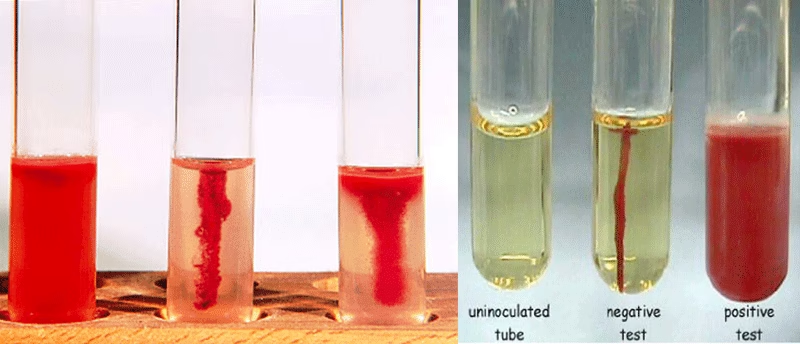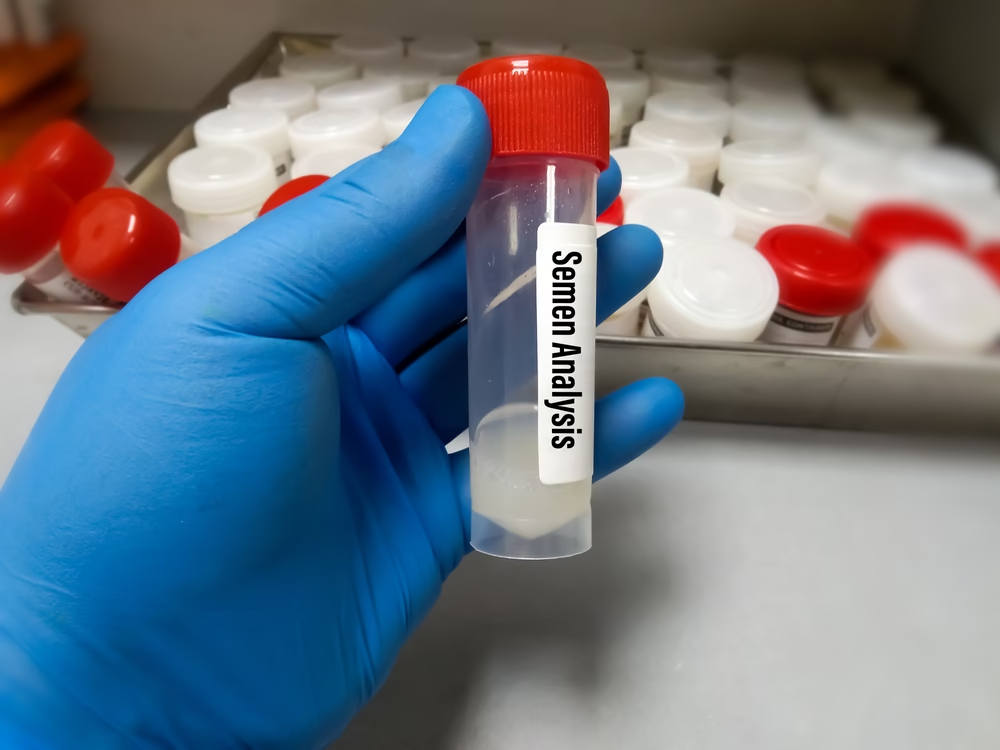
Introduction
- Introduction to Clinical Biochemistry is a specialised branch of laboratory medicine that focuses on the measurement of biochemical substances (analytes) in various body fluids such as blood, urine, cerebrospinal fluid (CSF), and others.
- It plays a pivotal role in understanding the biochemical basis of disease and in the diagnosis, prognosis, monitoring, and management of both acute and chronic illnesses.
- It integrates basic biochemistry with clinical practice, allowing clinicians to interpret physiological data in terms of molecular function and pathology.

Historical Background
-
The roots of Clinical Biochemistry date back to the 19th century, with the advent of techniques for measuring urea, glucose, and creatinine.
-
The field advanced rapidly during the 20th century with the development of colorimetry, spectrophotometry, enzymology, and chromatography.
-
With automation, computerization, and immunoassays, clinical laboratories now provide rapid, accurate, and wide-ranging diagnostic services.
Objectives and Importance
-
Early disease detection: Many diseases manifest as biochemical changes before symptoms appear.
-
Assessment of disease severity and progression.
-
Monitoring therapeutic responses: E.g., blood glucose in diabetes.
-
Determining prognosis: E.g., cardiac enzymes after myocardial infarction.
-
Screening for genetic and metabolic disorders.
-
Research and drug development.
Body Fluids
| Fluid | Examples of Tests |
|---|---|
| Blood (serum/plasma) | Glucose, electrolytes, liver/kidney function tests |
| Urine | Albumin, ketones, proteins, electrolytes |
| CSF | Glucose, proteins, and lactate |
| Synovial Fluid | Uric acid, inflammatory markers |
| Pleural/Peritoneal Fluid | Protein levels, LDH, and glucose |

Common Biochemical Parameters in Clinical Practice
Carbohydrate Metabolism
-
Blood glucose
-
HbA1c (Glycated hemoglobin)
-
Glucose tolerance test (GTT)
Protein and Enzyme Markers
-
Serum albumin, globulins
-
Liver enzymes: AST, ALT, ALP, GGT
-
Cardiac markers: CK-MB, LDH, Troponins
-
Pancreatic enzymes: Amylase, lipase
Lipid Profile
-
Total cholesterol, HDL, LDL, triglycerides
-
Lipoprotein (a), apolipoproteins
Renal Function Tests (RFTs)
-
Blood urea nitrogen (BUN)
-
Serum creatinine
-
Uric acid
-
eGFR (estimated Glomerular Filtration Rate)
Electrolytes and Acid-Base Balance
-
Sodium, potassium, chloride, and bicarbonate
-
Blood pH, blood gases (pO₂, pCO₂)
Hormonal Assays
-
Thyroid: T3, T4, TSH
-
Adrenal: Cortisol, aldosterone
-
Pituitary: ACTH, GH, prolactin
-
Reproductive: Estrogen, progesterone, testosterone
Special Markers
-
Tumour markers: PSA, AFP, CEA, CA-125
-
Vitamins: B12, D, folate
-
Trace elements: Iron, zinc, copper, selenium
Techniques and Instrumentation
| Technique | Principle/Use |
|---|---|
| Spectrophotometry | Measures the absorbance of light (e.g., glucose, bilirubin) |
| Electrophoresis | Separation of proteins/lipoproteins |
| Chromatography | Used in drug monitoring and toxicology |
| Immunoassays | ELISA, RIA for hormone and protein assays |
| Ion-Selective Electrodes | For electrolyte analysis |
| Autoanalyzers | Automated analysis of multiple biochemical parameters |
Clinical Application Examples
| Disease | Biochemical Tests |
|---|---|
| Diabetes mellitus | Fasting glucose, HbA1c, urine ketones |
| Chronic kidney disease | Urea, creatinine, electrolytes, eGFR |
| Liver diseases | ALT, AST, ALP, bilirubin, PT/INR |
| Myocardial infarction | Troponins, CK-MB, LDH |
| Thyroid dysfunction | TSH, T3, T4 |
Quality Control and Assurance in Clinical Biochemistry
-
Internal Quality Control (IQC): Ensures accuracy and reliability of results on a daily basis.
-
External Quality Assessment (EQA): Compares results with other laboratories.
-
Standard Operating Procedures (SOPs): Maintain consistency in sample handling and analysis.
Recent Advances in Clinical Biochemistry
-
Point-of-care testing (POCT): Near-patient testing (e.g., glucometer).
-
Molecular diagnostics: PCR-based tests, gene expression profiling.
-
Proteomics and metabolomics: Identifying biomarkers for diseases.
-
Artificial Intelligence (AI) in result interpretation.